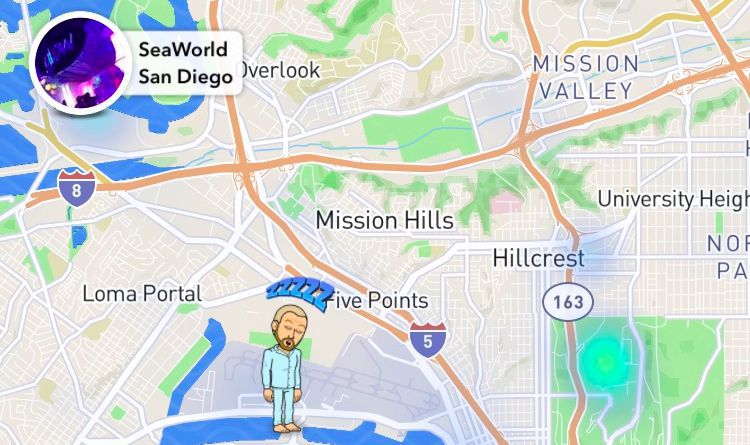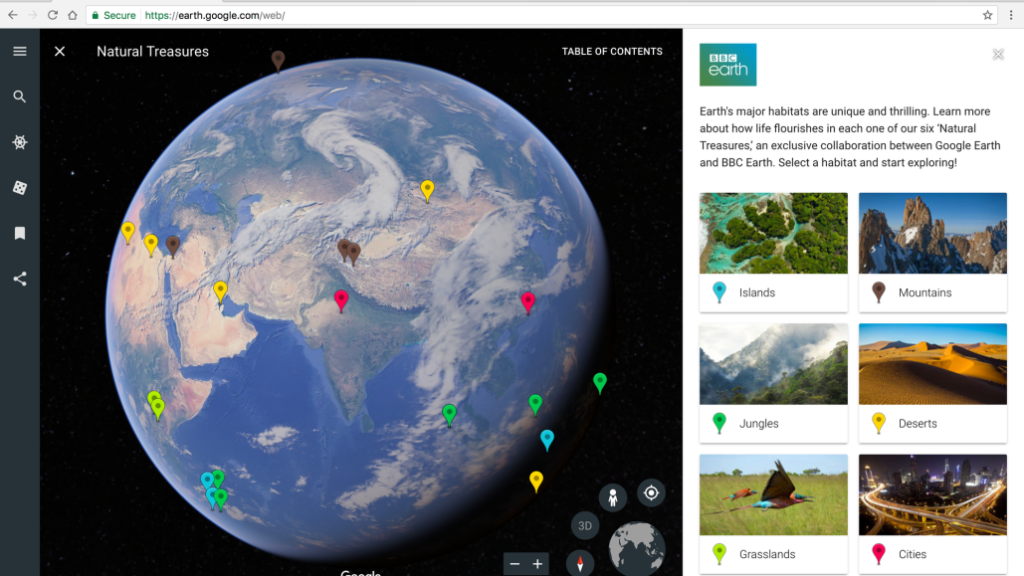
Snap Map’s ‘psychic’ Actionmojis: Creepy or cool?
When Snapchat introduced the new Snap Map last week, we couldn’t have been more excited. Snapchat has increasingly been trying to distinguish itself from its competitors by building new features based on location technology. And frankly, it has been doing a good job of it. But there is something about Snap Map that is really freaking people out – and it has got nothing to do with users not wanting others to find out their exact location.
You see, apart from showing people where their friends are, Snap Map also tries to give that location some context. This it does by telling people what their friends are doing, illustrated by cute little caricatures called Actionmoji. Now as cute as these personalized avatars are, they automatically modify their appearance to show the user’s activity. And people are going nuts over trying to understand: “How does it know what I’m doing?!”
Well, to answer that question, Snapchat alters the Actionmoji by taking quite a few parameters into consideration, including a person’s location, the time of the day, the speed at which they are travelling and perhaps the phone status.
My sisters on her way to myrtle beach and it shows she’s in a plane on snap maps SO FREAKIN CUTE pic.twitter.com/dIPSk3NM3h
— Annie❣ (@annie_mckeiver6) June 25, 2017
So, after a week of using Snap Map, some pretty quirky Actionmojis have been sighted. If a person is at the beach, a towel would appear over their shoulder. If someone has been inactive for some time, but not long enough to go off the map completely, Snap Map may analyze the time of the day to conclude they have been sleeping and put them in a comfy blue armchair.
Other sightings include headphones appearing over an avatar when someone has been listening to music. If the app detects you’re on the move, your Actionmoji may be placed in a flashy yellow car. Your happy face may also be put in an airplane if Snapchat notices you were at the airport for a longish time.
Well, this feature can be pretty cool if you want to share with your friends what’s going on with you. And if you don’t, there is always the ‘Ghost Mode’ to go off the radar. So, what’s your verdict: Do you find these cartoon characters creepy or cool?





